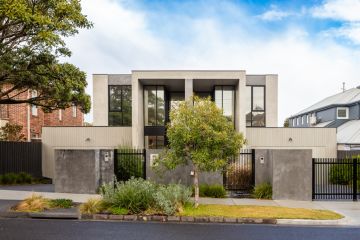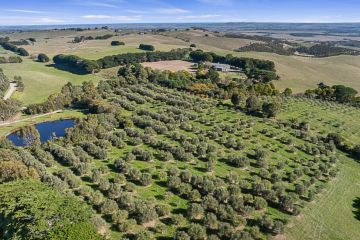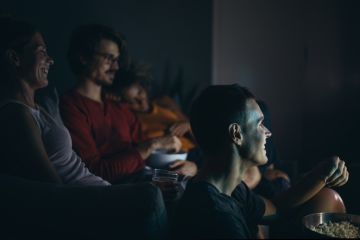Independent Schools Guide 2022: Back to the future, with a twist or two
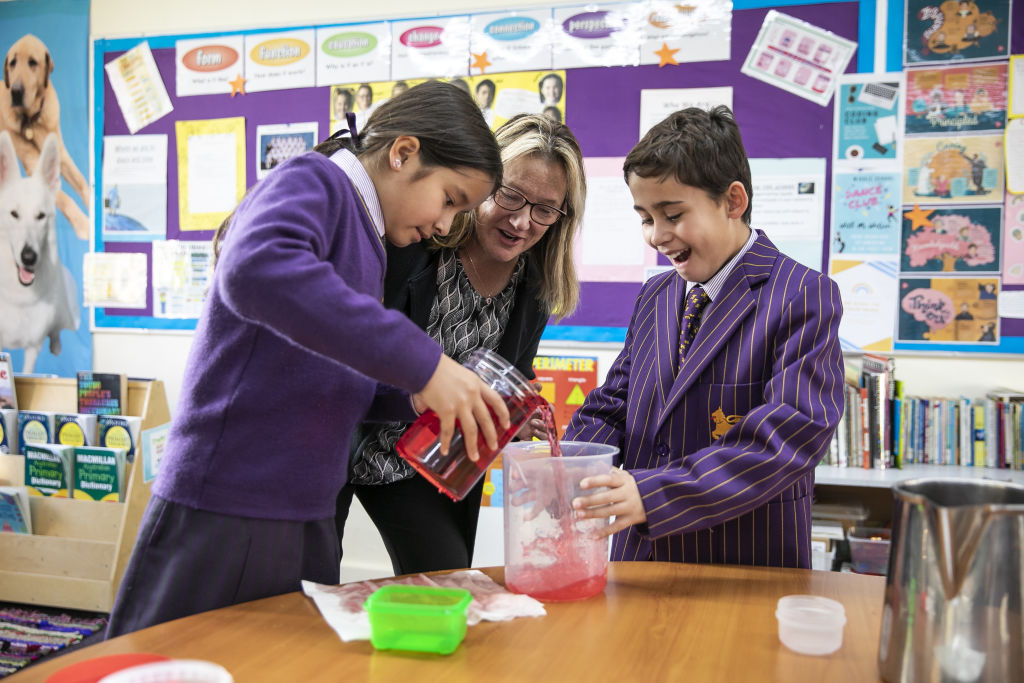
Though it’s still unclear whether we’re living in a post-pandemic world, it’s safe to say that Victorian students are well into a school year that has remained relatively uninterrupted by COVID-19 concerns.
So far, the general consensus is that educators, parents and students are grateful to be back at school.
“The feel from our St Leonard’s College community was one of excitement and relief,” says acting principal Pat Kenny. “The start of the year has been so positive, and it is just so lovely to see the smiling faces of our students, parents and teachers.”
But now that schools have resumed normal service, are teachers incorporating any aspects of remote learning, such as flexibility and self-directed education, into their post-lockdown world?
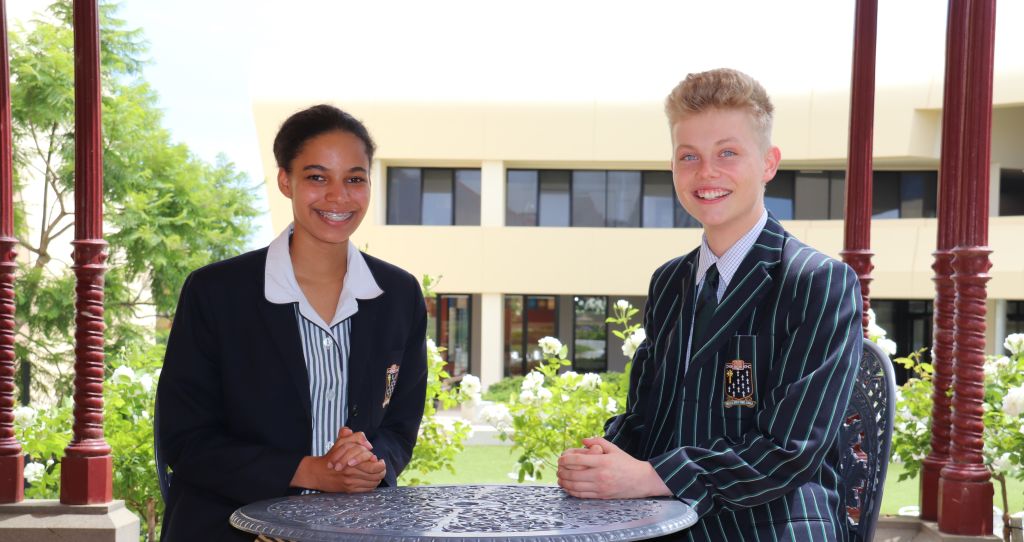
Wesley College principal Nick Evans says students and teachers were so “overwhelmingly” happy to return to the classroom that the school has focused on settling back into pre-COVID learning structures, rather than testing hybrid models or alternative roles for teachers post-lockdown.
“It’s a ‘new’ normal,” he says. “We are still processing the last two years, and we wouldn’t want to jump into anything too quickly.”
Though the school hasn’t put anything formal in place yet, staff are “giving quite a lot of thought” to flexible learning models inspired by the pandemic, particularly for senior students.
“I think the last two years have probably made many people a little jaded about self-directed learning,” Evans says. “But there were students who really appreciated that greater flexibility.
“Of course, there were students for whom that didn’t work,” he adds. “So it’s a balancing act.”
Though most researchers and educators around the world found our “forced experiment” in remote learning came with significant challenges, others noted that there were advantages for students who thrived away from the formal structure of the classroom and the social pressure of school.
A 2020 survey of parents in the US and Australia found that many families saw a significant benefit to the flexibility of remote learning: children could learn in routines and environments that best suited them.
Some teachers are informally implementing new strategies based on their experiences. For example, Evans says, they might be trying out a “flipped classroom” approach, where students learn content outside school, but practice that content with the teacher.
“That concept has been happening in many classes for a long time, but the last two years have given it a real impetus.”
But after a tumultuous and often isolating two years, Wesley educators are focusing on improving student wellbeing and reacquainting students with important social skills.
“For the majority of kids, their academic learning has continued apace,” he says. “But what has fallen behind is their social learning, their ability to be with people and to engage with each other.”
Educators and students at St Leonard’s College in Brighton East have also embraced the relative normality of the 2022 school year.
“At the moment, we are focusing on a sense of normalcy, as that is what our students, teachers and parents want,” Kenny says.
But that doesn’t mean the school has done away with some of the strategies that proved successful over the last two years. Teachers honed their technology skills and felt more comfortable preparing video lessons and using online collaborative tools.
The school is also likely to continue with a blend of online and in-person learning in the future, Kenny says. The school environment may look like a “combination of experiences” and less reliant on the traditional classroom model.
But for now, he says, teachers are relishing the chance to interact face-to-face with students again.
“Our teachers have always had the ability to be flexible and adaptable, and this was evident and so appreciated by our students and their parents when we quickly pivoted to online learning,” he says.
The school is also likely to continue with a blend of online and in-person learning in the future, Kenny says. “The skills they learnt over the past two years will certainly make them better teachers, but underpinning this is still the core belief that teaching remains based on forming positive relationships with students.”
- This article appeared in our Annual Independent Schools Guide magazine.
We recommend
We thought you might like
States
Capital Cities
Capital Cities - Rentals
Popular Areas
Allhomes
More

